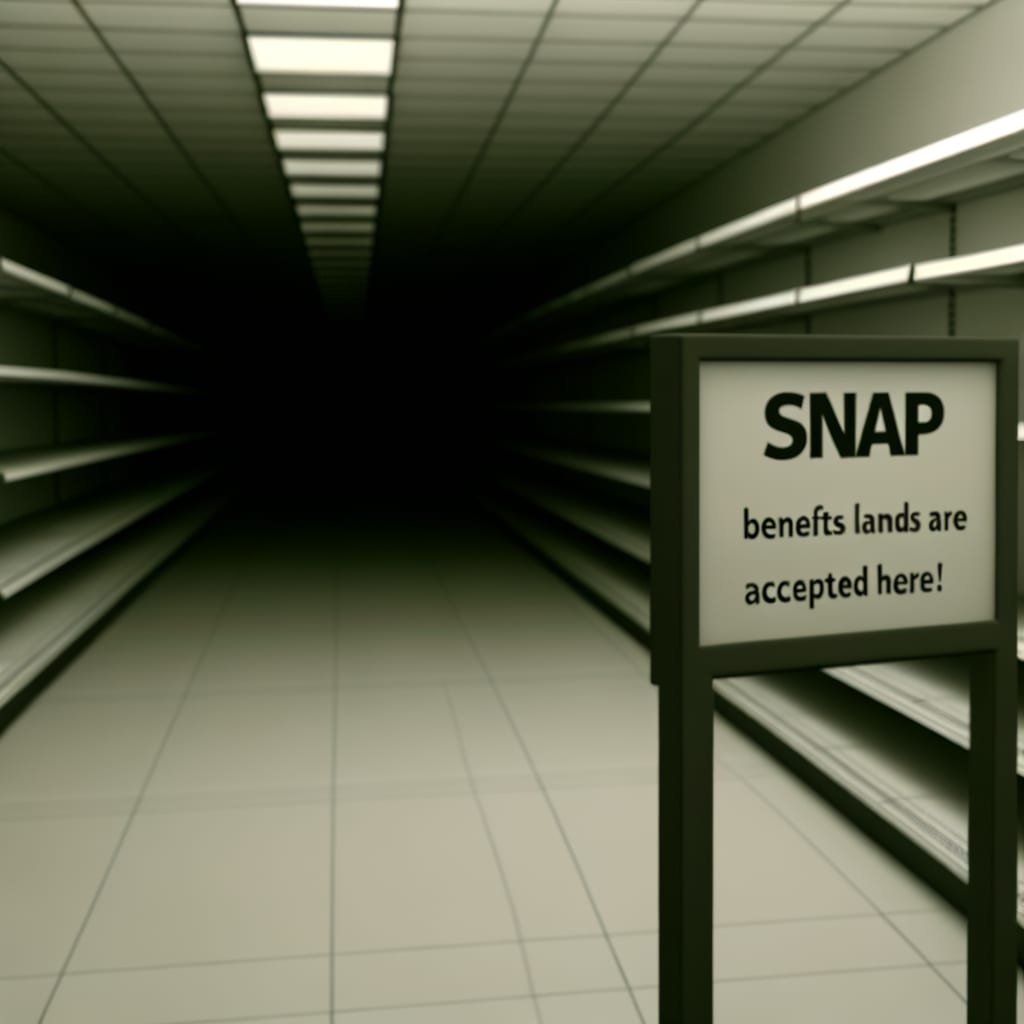Millions at Risk as SNAP Benefits Face Cuts Amid Government Shutdown
The ongoing government shutdown in the United States is causing uncertainty and potential hardship for millions of low-income Americans who rely on the Supplemental Nutrition Assistance Program (SNAP). Several courts have ruled that the Trump administration must continue to fund SNAP during the shutdown, providing some relief. However, amid the political gridlock, the administration has announced it will only fund partial benefits for November, leading to fears of long lines at food banks and increasing economic hardship.
SNAP in the Spotlight
The SNAP program, also known as food stamps, is the nation's largest food program, providing a lifeline for low-income households. The program, which supports more than 40 million Americans, is under threat due to the ongoing government shutdown. The program's benefits vary depending on income, family size, and essential living expenses, determining both eligibility and payment amounts.
However, the shutdown has created a funding crisis for SNAP. In 2024, 41.7 million Americans, or one in eight households, relied on SNAP each month, according to the U.S. Department of Agriculture (USDA). Yet, the program saw its funding lapse for the first time ever on November 1.
Judicial Intervention Amid Shutdown
Two federal judges have ordered the Trump administration to continue to fund SNAP during the ongoing government shutdown. The emergency order from U.S. District Judge Indira Talwani stated that the plaintiffs who filed the lawsuit are likely to succeed on their claims that the suspension of the benefits is unlawful. A separate federal judge in Rhode Island also ordered the Trump administration to continue paying for food stamps during the shutdown.
Despite these rulings, the Trump administration announced it would only provide partial relief to SNAP recipients. The Department of Agriculture said it would use contingency funds to keep benefits going, but only at 50% of the usual funds recipients receive on their cards.
Reactions and Implications
The looming SNAP cuts have sparked widespread worry and protest. Long lines at food banks and free meal giveaways have been reported across the country. Some SNAP beneficiaries have expressed outrage on social media, with some even threatening to ransack stores if food stamp payments don’t go through starting Nov. 1.
In response to the crisis, New York governor Kathy Hochul declared a state of emergency to free up funds to issue $65m in assistance to food banks. Oregon and Virginia have also issued emergency declarations to release state cash to go towards emergency food assistance. Late-night TV show host, Jimmy Kimmel, also opened a new center for food donations to support Los Angeles charities.
Conclusion
As the government shutdown continues, tensions around SNAP funding remain high. The future of the program is uncertain, with millions of Americans awaiting a resolution to the shutdown and the restoration of full SNAP benefits. The Trump administration has stated that SNAP benefits will only resume in full when Radical Left Democrats
open the government, adding another layer of complexity to the ongoing political standoff.

